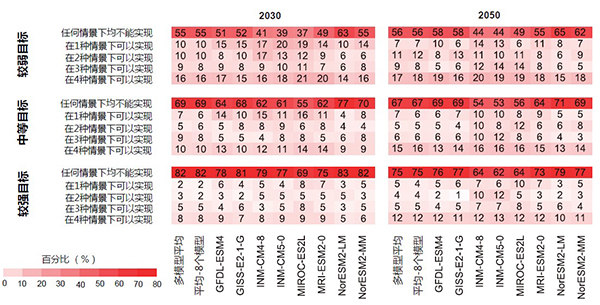The article titled “Substantially reducing global PM2.5 - related deaths under SDG3.9 requires better air pollution control and healthcare” was published in Nature Communications. Associate Prof. Yue Huanbi from OUC’s School of International Affairs and Public Administration was the first author.

According to the United Nations Sustainable Development Goal (SDG) 3.9, “by 2030, the number of deaths attributable to PM2.5 pollution (DAPP) should be substantially reduced.” However, present studies vary widely in the predictions of DAPP. The achievement of SDG3.9 depends on the interaction between environmental, socio-economic and healthcare factors. Within less than seven years before the projected achievement of the SDGs, it is especially important to consider comprehensively the changes of these driving factors to predict the future trend of DAPP and the possibility of achieving SDG3.9 in the making of environmental policies and public health management.
Based on the ScenarioMIP and 11 Earth-Climate System models, the team led by Associate Prof. Yue Huanbi examined the interactions between the driving factors (PM2.5 concentration, disease mortality rate, population and age structure), predicted the future trend of global DAPP, and assessed the possibilities and challenges of achieving SDG3.9 against the backdrop of climate change. The research shows that it is difficult to make substantial reduction of future global DAPP because of the influences from population aging and other factors. At the same time, there are still significant challenges to achieve SDG3.9 globally. Even in the most ideal situation, more than one-third of the countries will not be able to achieve SDG3.9.
The main contribution of this research is that it provides the first assessment of the potential for achieving SDG3.9 on multiple scales within the framework of the latest climate change scenarios. The study shows that there are still significant challenges in achieving SDG3.9. Therefore, substantial reduction of the health effects of PM2.5 pollution requires the joint efforts of sustainable development transformation and healthcare improvement. Individual countries should control the health effects of PM2.5 pollution by adjusting their energy structures, updating technologies, and increasing healthcare inputs. They should also enhance international cooperation to promote technologies of pollution prevention and control. There is also a need to combine air pollution control and public health with climate change mitigation, technological innovation and energy system reform to achieve simultaneous realization of multiple SDGs through integrated policies.
